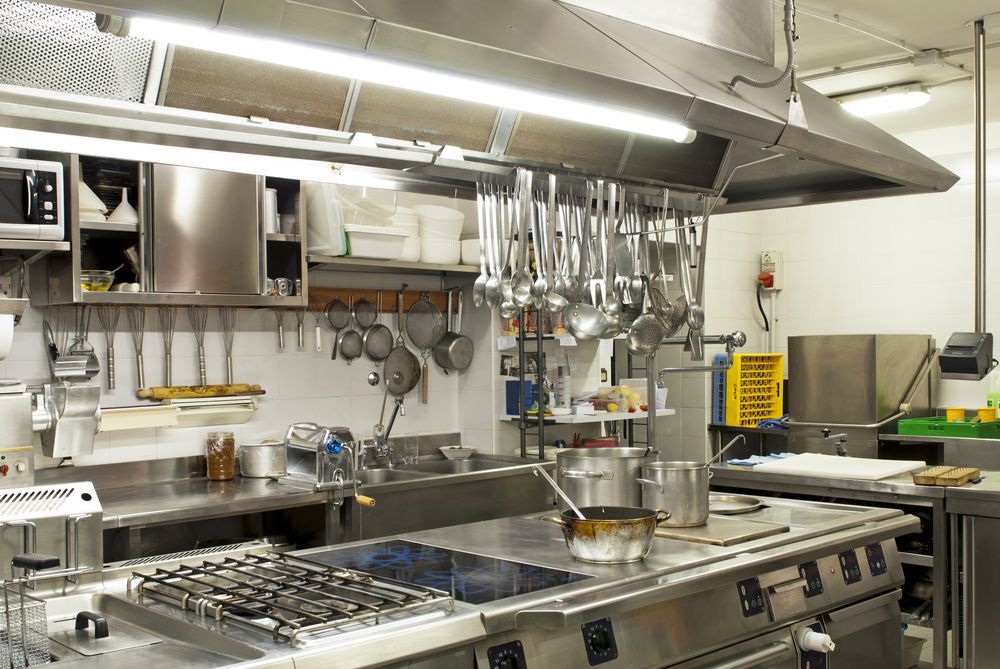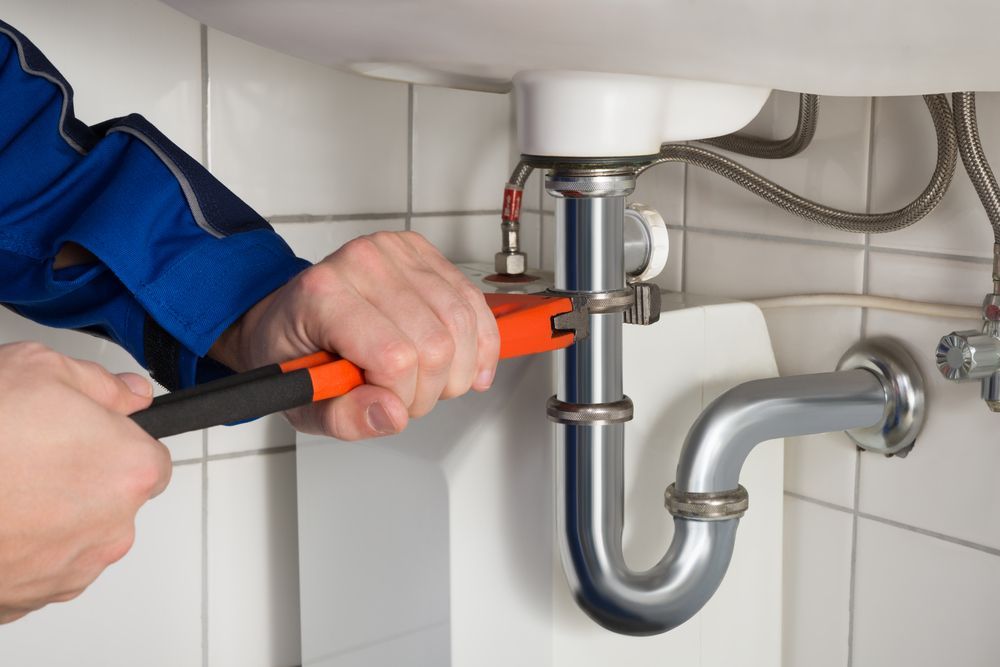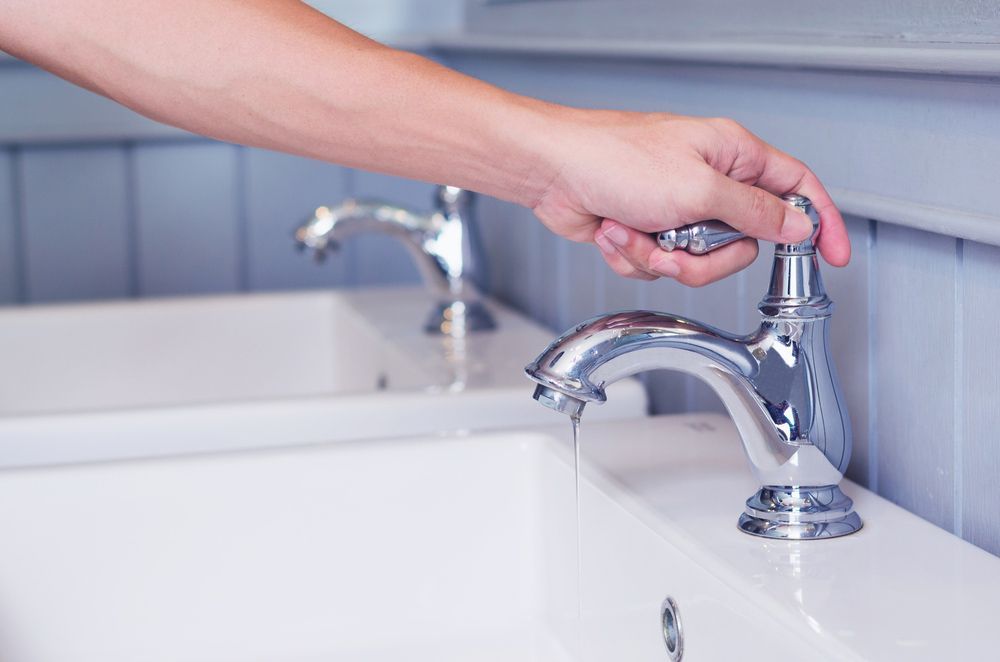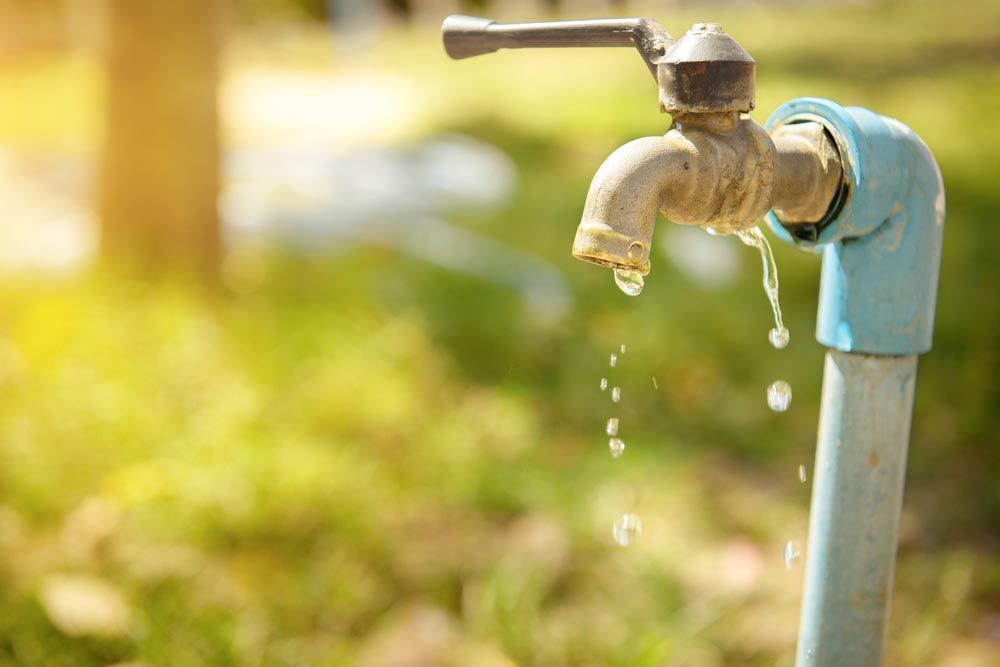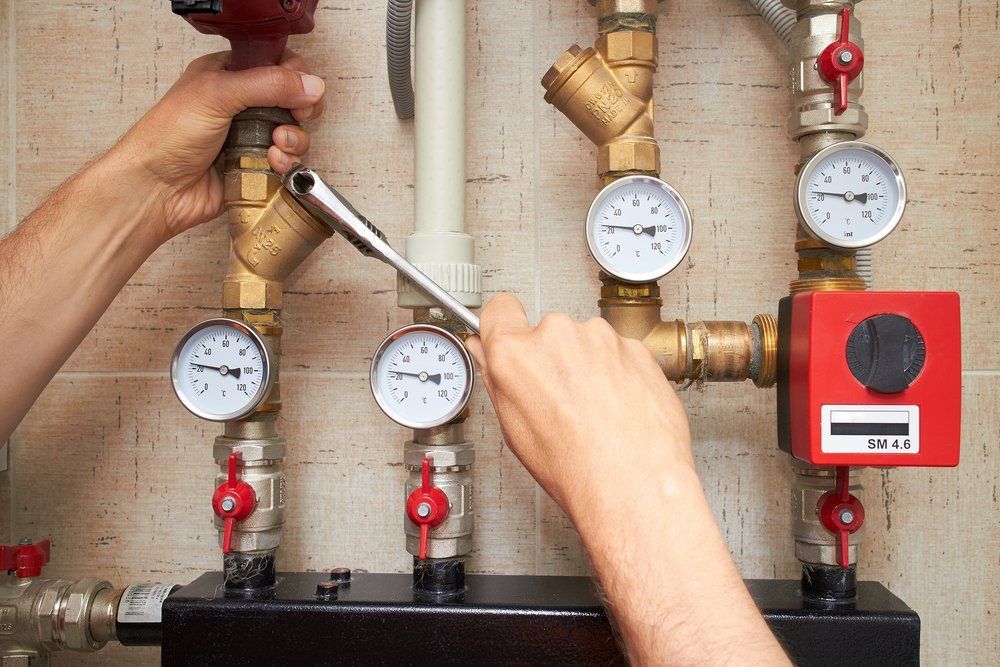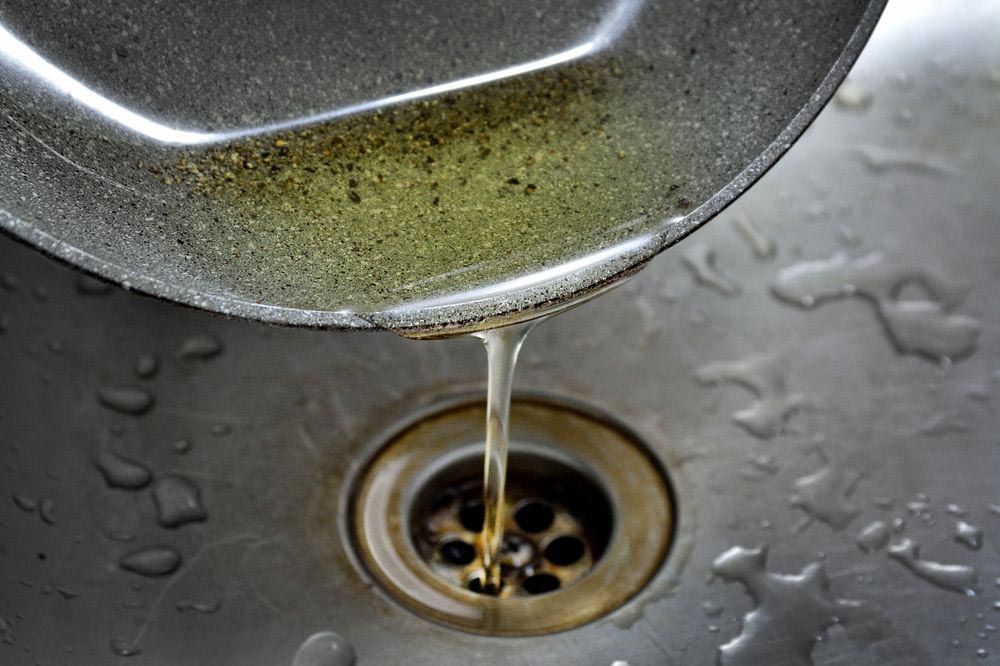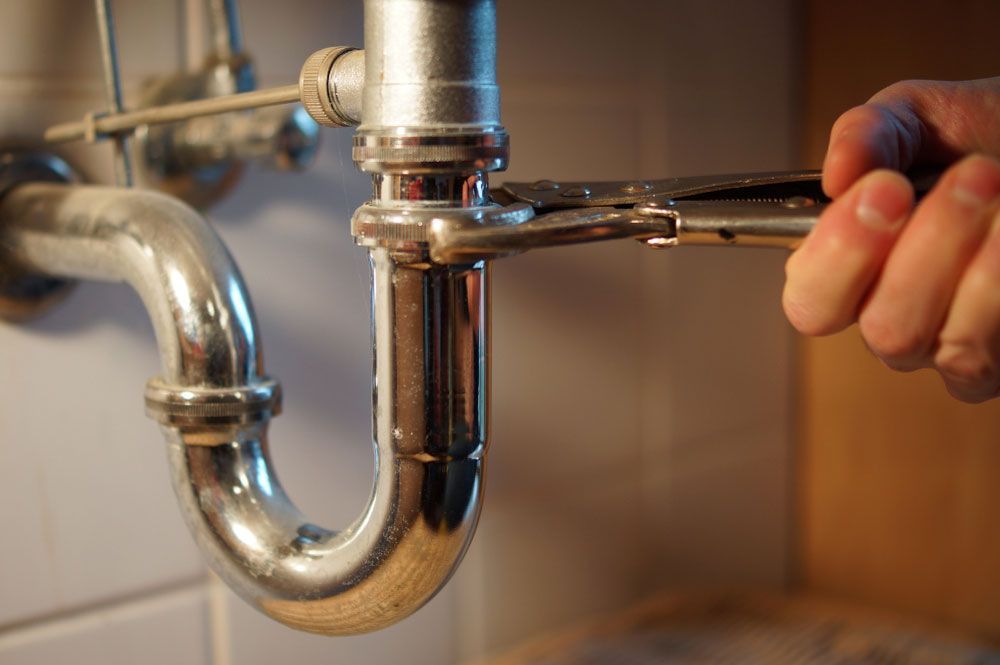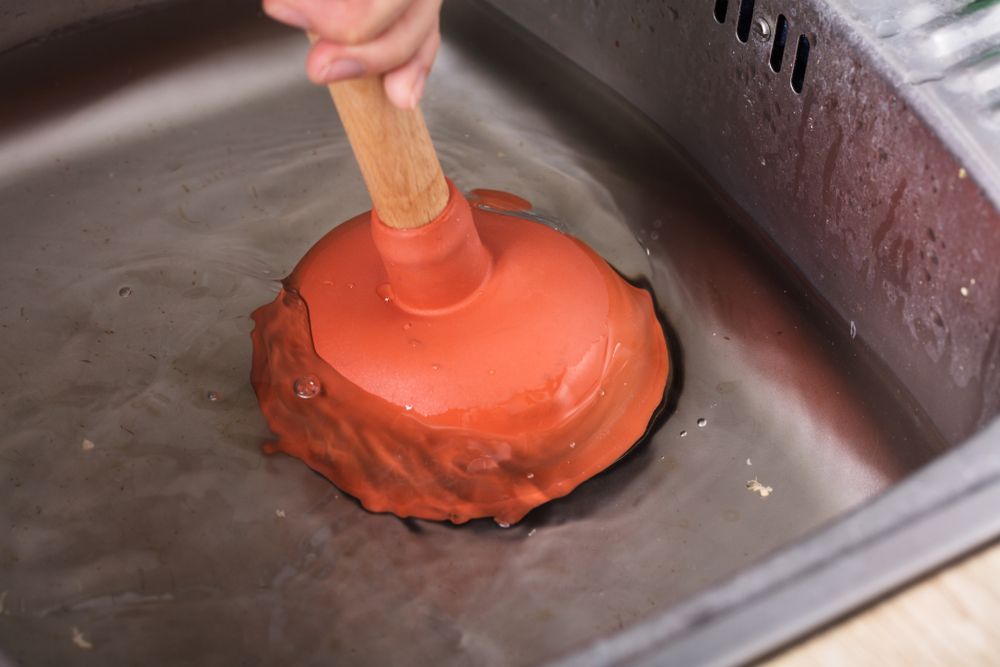Rain Water Tank Size: What Size Of Rainwater Tank Do I Need?
Water is a precious resource, and with increasing concerns about climate change and drought, more and more people are turning to rainwater tanks as a way to conserve water and reduce their environmental impact. But when it comes to choosing the right size of rainwater tank, you may need help with how to proceed. In this blog post, we'll explore why rainwater tank size matters, factors to consider when choosing the right tank size and the pros and cons of having a smaller-capacity tank versus a larger-capacity one.
Why Rainwater Tank Size Matters
The size of your rainwater tank will determine how much water you can collect and store, and how much you can use for your household needs. Choosing the right size is important because if you choose a tank that's too small, you may run out of water during dry spells, while a tank that's too large may be unnecessary and cost more than you need to spend.
How To Choose The Right Tank Size
There are several factors to consider when choosing the right rainwater tank size for your needs:
- Roof size: The size of your roof will determine how much water you can collect. The larger your roof, the more water you can collect.
- Rainfall: The amount of rainfall in your area will also affect how much water you can collect. If you live in an area with high rainfall, you may not need as large of a tank as someone who lives in a dry area.
- Water usage: The amount of water your household uses will affect how large of a tank you need. If you have a large household or higher water usage habits, you'll likely need a larger tank.
- Available space: The amount of space you have available for a rainwater tank will also affect your choice. You may need to choose a smaller tank if you have limited space.
What Size Rainwater Tank Do I Need?
There's no one-size-fits-all answer to this question, as the right size of rainwater tank for your needs will depend on the factors we mentioned above. It’s always best to consult with a professional plumber like Nudge's Plumbing to help you determine the right tank size for your specific needs.
Small Vs Large Capacity Tanks
One advantage of having a smaller-capacity tank is that it's less expensive to purchase and install. It also takes up less space, which can be an important consideration if you have limited outdoor space. However, a smaller-capacity tank may not provide enough water to meet your household needs during dry spells, which can be a disadvantage.
A larger-capacity tank can provide several benefits, including more water storage, reduced reliance on mains water, more flexibility in how you use your rainwater and environmental benefits by helping to conserve a precious resource. Of course, there are also disadvantages to installing a larger-capacity tank, including higher purchase and installation costs, and the need for more space to accommodate the larger tank. However, many people find that the benefits outweigh the costs.
Site Links
Locations We Service
Plumbing Services
Contacts
T. 02 6885 6657
ABN: 17 135 690 685
NSW Fair Trading 223047C
Trading Hours
- Monday
- -
- Tuesday
- -
- Wednesday
- -
- Thursday
- -
- Friday
- -
- Saturday
- Closed
- Sunday
- Closed

